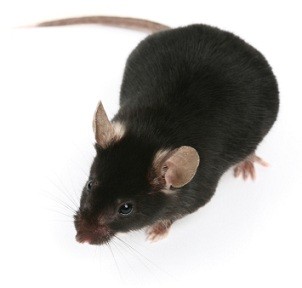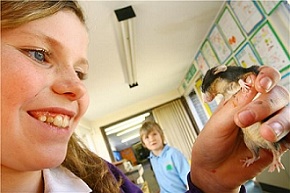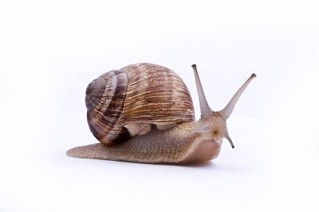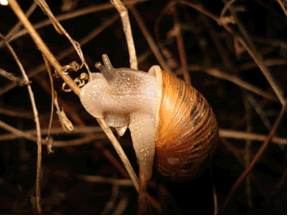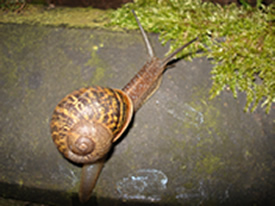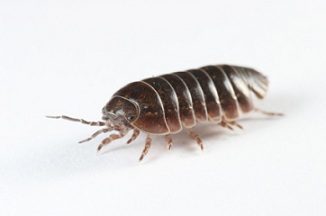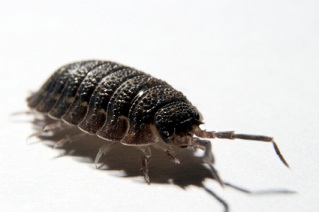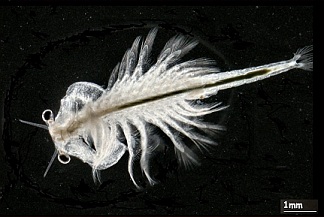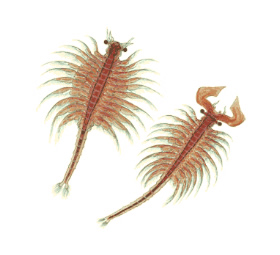Mice Factfile
Discover some fascinating facts about this miniature, mammalian marvel.
These nocturnal creatures are brown/grey in colour with a lighter belly, are finely built with large ears and eyes and have long, thin tails.
There are several types of wild mice found in England: the Harvest mouse, the Yellow-Necked mouse, the House mouse and the Wood Mouse. The Wood mouse, also known as the Long-Tailed Field mouse or common field mouse, is the most common. They dig holes and make tunnels in which they raise their young and store their food.
Mice used in Wild Workshops sessions are descendants of House mice.
House mice measure 7-9 cm (not including their tail) and weigh approx. 25 g or less (less than a bag of crisps). They are found mostly indoors but will spend more time outside when the weather is good.
Indoors, areas favoured by mice tend to be food storage and preparation areas such as kitchens and pantries. Airing cupboards, under-floor areas, enclosed pipes in bathrooms and loft spaces are also favourite hiding places.
Outside they will inhabit sheds, stables, pet hutches, feed rooms, bird tables and anywhere else they can find a food source.
House mice have a rapid reproduction rate; pregnancy lasts approximately 19 to 23 days and the typical litter size is 4 to 12 young. In some instances, up to thirty young have been born. Males can mate with the female as soon as the litter is born, which means that a female could become pregnant with another litter within 3 days of giving birth. The baby mice, or pups, become independent after about three weeks and can have babies themselves after two months.
A pet mouse may live on average around 2 years (the record for a House mouse is 4 years) but they have a much lower life expectancy in the wild, weeks or months. This is in part due to predation from a whole host of creatures including cats, owls, hawks, snakes and weasels. This is why they have so many babies and grow up so quickly!
After humans and rats, mice are the 3rd most successful animal species on the planet. They live worldwide and are very adaptable.
